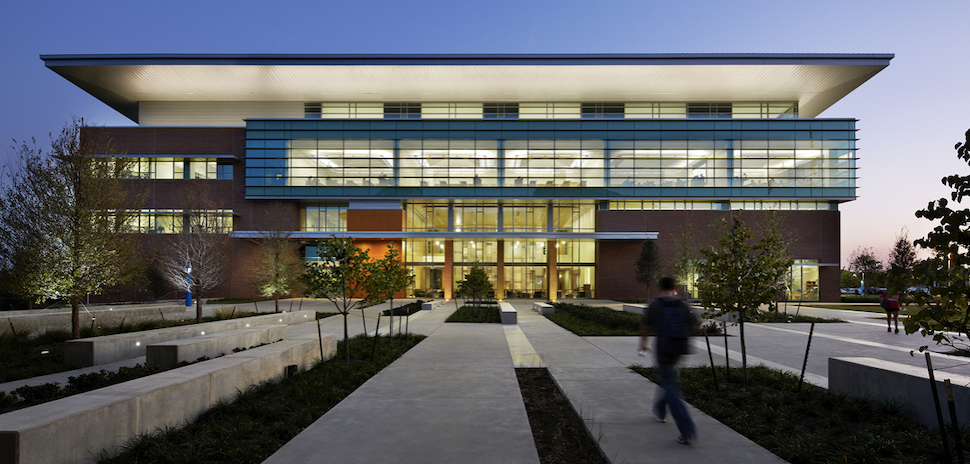Rare earth metals power our tech-driven world, from smartphones to satellites. But with just a handful of countries controlling the global spigot, supplies of these critical elements are vulnerable to disruption. Backed by a $300,000 National Science Foundation grant, scientists at the University of Texas at Arlington could help tap new sources.
China currently has a dominant hold on the market for rare earth elements with 60% of global production. But UTA says there are large deposits in the U.S. and Canada, as well as other countries. With a new NSF grant secured, the university announced that a multidisciplinary team of UTA materials scientists, chemists, and engineers aims to diversify the supply chain for the rare earths.
17 rare earth metal elements—including praseodymium, terbium, and dysprosium—are vital for defense technologies, high-tech manufacturing, computing, and electric vehicles. They’re also considered key in a shift to renewable energy.
The university’s “research is bound to improve U.S. competitiveness in the production of rare earth metals,” said Erian Armanios, UTA chair and professor of mechanical engineering.
NSF grant for earth-friendly rare earth research
Mining and refining rare earth minerals isn’t easy. Among the challenges is the extraction process that often leaves behind large open pits and groundwater contamination, UTA says.
Robin Macaluso, the principal investigator of the NSF grant, said it’s “crucial for the United States to invest in research and development activities around rare earth metals to secure our leadership and autonomy in this area in a sustainable manner.”
UTA chemistry and biochemistry department chair Rasika Dias says the NSF-backed project enables an “earth-friendly way to extract, separate, and purify rare earth metals.”
Das said he’s “confident that [Macaluso] and her colleagues are on the cusp of finding an earth-friendly way to extract, separate, and purify rare earth metals from their natural sources.”
First to explore “wonder nanomaterial” for rare earth metal separation
Macaluso, an associate professor of chemistry and biochemistry, said the UTA project aims to engineer “novel materials” to extract and separate rare earth elements with nanomaterials such as graphene.
Her colleague Michael Bozlar—an assistant professor of mechanical and aerospace engineering and the co-investigator of the grant—calls graphene a “wonder nanomaterial.”
Bozlar says the UTA researchers are the first to explore graphene’s potential for rare earth metal separation “at a fundamental level,” noting the nanomaterial has many promising applications.
While the university’s scientists and chemists are working on separating and sourcing rare earth metals, the engineer said the team is also training undergraduate and graduate students on its techniques to develop next-generation scientists.
Mechanical engineering department chair Armanios calls Bozlar “an innovator driven to solve timely challenges in terms of critical materials, energy, water, and carbon emissions.”
The story was updated on Nov. 2, 2023, to reflect Robin Macaluso is the principal investigator of the National Science Foundation grant.
![]()
Get on the list.
Dallas Innovates, every day.
Sign up to keep your eye on what’s new and next in Dallas-Fort Worth, every day.

































